TradeGuider “Best of Wyckoff” Wyckoff Rediscovered Conference 2010
$125.00
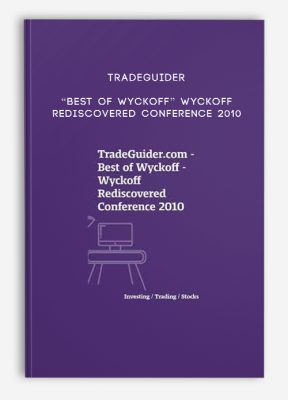
TradeGuider “Best of Wyckoff” Wyckoff Rediscovered Conference 2010
Get TradeGuider “Best of Wyckoff” Wyckoff Rediscovered Conference 2010 on Salaedu.com
Description:
Session 1 – Gavin Holmes with Andrew Maguire and Paul Coghlan
KEYNOTE SESSION:
Market Manipulation by the “Composite Operator”: The proof and how you can profit from it. In this session we look at several cases of manipulation across the oil, banking and futures sectors. We then take a detailed look at the Gold and Silver markets and look at how market manipulation has held down the prices and why. “Whistle blower” trader Andrew Maguire is the guest speaker with intimate knowledge of this market and how it works.
1.5 hours
Session 2 – Gavin Holmes with Paul Coghlan
KEYNOTE SESSION:
Chart patterns that make sense.
In this presentation professional trader Paul Coghlan shows a complimentary methodology to Wyckoff that is both highly effective and complimentary. Using Forks, path and price within the trends to determine high probability entry and exit points.
1.5 hours
Session 3 – Dr Gary Dayton
Wyckoff in the Modern Markets – Part 1.
Here Gary covers some of the main Wyckoff principles: Selling Climax, primary and secondary tests, Stopping volume, comparative strength, Breaking new high’s, corrective reaction, bullish advance, absorption and the buying climax
1.5 hours
Session 4 – Gary Fullett
Two Goals, Three Laws and Five Steps -Trading the Wyckoff Method.
Wyckoff principles as seen from a traders perspective. Here we cover profit targets, capital preservation, effort v result, cause and effect, demand and supply, determining the trend, the relative strength or weakness, volatility and timing relative to the underlying market.
1.5 hours
Session 5 – David Weis
Where to find trades using Wyckoff principles.
Here the master of the Wyckoff methodology David Weis covers trading setups using breakouts, springs, upthrusts set within trading ranges.
Sunday May 16th
1 hour
Breakfast Session with Tom Williams
Veteran Syndicate trader Tom Williams takes you through a Volume Spread Analysis approach to analyzing the S & P, together with other markets including FOREX and Futures. See how VSA co-relates to Wyckoff and builds on the underlying fundamental methodology. Tom then goes on to look at the relative strength or weakness of stocks against the Dow Jones index.
1.5 hours
Session 6 – David Weis
The art of reading bar charts the Wyckoff way.
In this session David provides a bar by bar analysis using real chart examples. He provides numerous chart examples and asks the audience to analyze the Wyckoff VSA principles involved.
1.5 hours
Session 7 – Dr Gary Dayton
Wyckoff in the Modern Markets – Part 2.
Here Gary covers some of the main Wyckoff principles: Change of behavior, breaking the backbone, reaction to supply, distribution, rallies, reversal and the drive up,
1.5 hours
Session 8 – Gary Fullett
Introducing the Wyckoff Wave.
The Wyckoff Wave has been a market indicator for Wyckoff students for over 50 years.
While the wave stocks and the financial markets have changed over time, it continues to be a sensitive leading indicator. The Wyckoff Wave is extremely helpful in predicting the stock
market’s timing and the direction of the next market move.
1 hour
Session 9 – Gail Mercer
Wyckoff’s common sense approach to trading.
In addition to the methodologies Wyckoff had definite views on traders and their various failings. Subjects include judgment, Risk to Reward ratio, patience and managing expectations.
1.5 hours
Session 10 – Gavin Holmes
How to select stocks that are ready to move.
In this presentation Gavin uses the TradeGuider software to scan for stocks based on Wyckoff VSA principles. This presentation pulls all the various strands together as the delegates used the principles learned to determine which stocks to select.
Forex Trading – Foreign Exchange Course
Want to learn about Forex?
Foreign exchange, or forex, is the conversion of one country’s currency into another.
In a free economy, a country’s currency is valued according to the laws of supply and demand.
In other words, a currency’s value can be pegged to another country’s currency, such as the U.S. dollar, or even to a basket of currencies.
A country’s currency value may also be set by the country’s government.
However, most countries float their currencies freely against those of other countries, which keeps them in constant fluctuation.
More Course: FOREX TRADING
Outstanding Course:Optionetics – Elliott Wave Master Class – Rob Roy & Ron Chandler – EWM03
1 review for TradeGuider “Best of Wyckoff” Wyckoff Rediscovered Conference 2010
Add a review Cancel reply
Related products
Forex - Trading & Investment
Forex - Trading & Investment
Pristine – Oliver Velez – Core, Swing, Guerrilla, Momentum Trading, Micro Trading Tactics
Forex - Trading & Investment
Justine Williams-Lara – Counting Elliott Waves. The Profitunity Way DVD (with Russian subtitles)

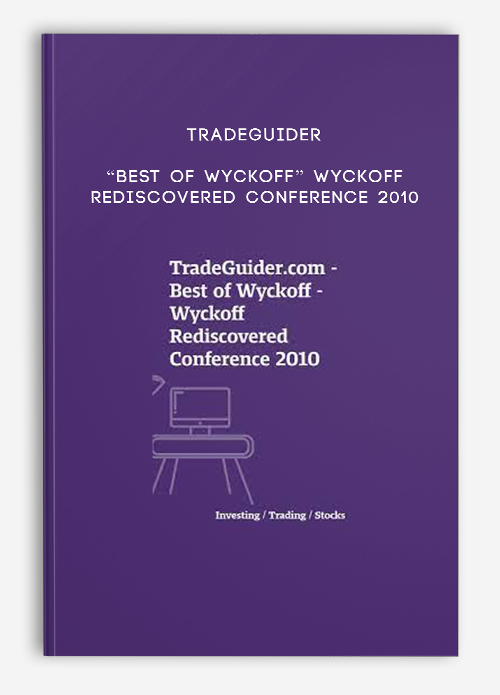
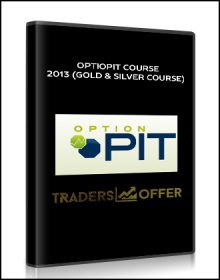
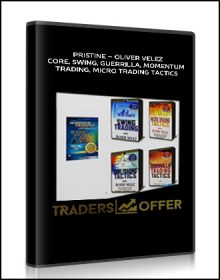
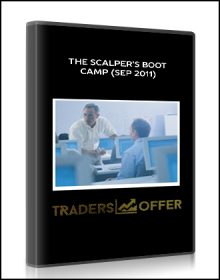
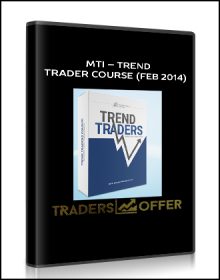
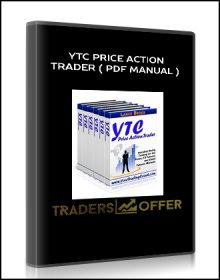
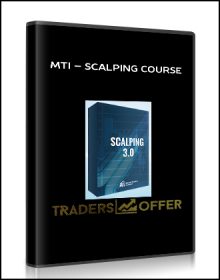
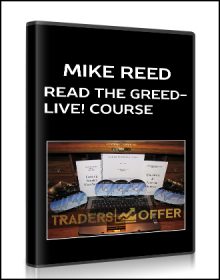
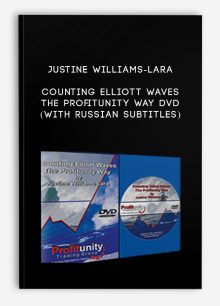
king –
We encourage you to check Content Proof carefully before paying.
“Excepted” these contents: “Online coaching, Software, Facebook group, Skype and Email support from Author.”
If you have enough money and feel good. We encourage you to buy this product from the original Author to get full other “Excepted” contents from them.
Thank you!